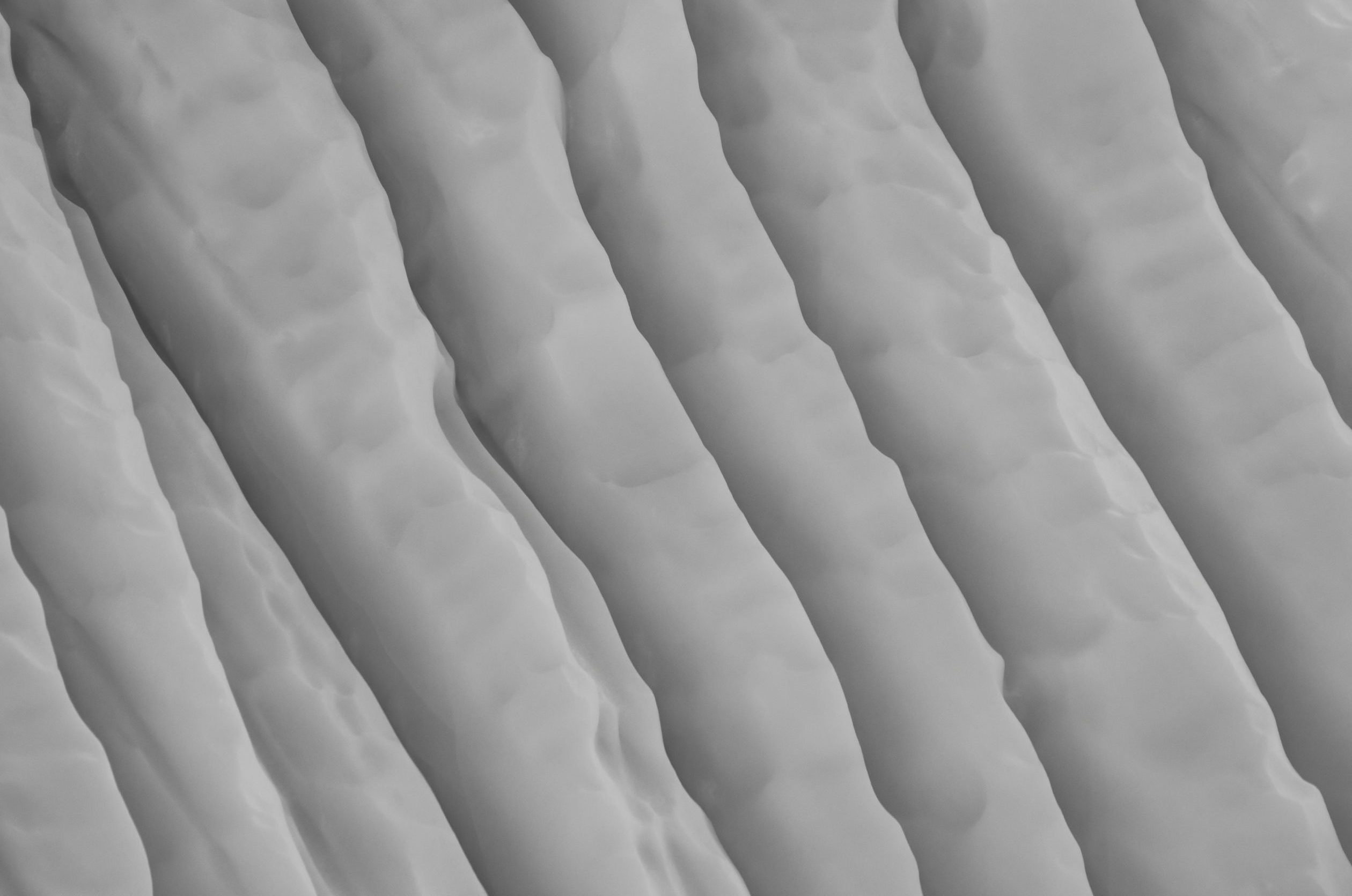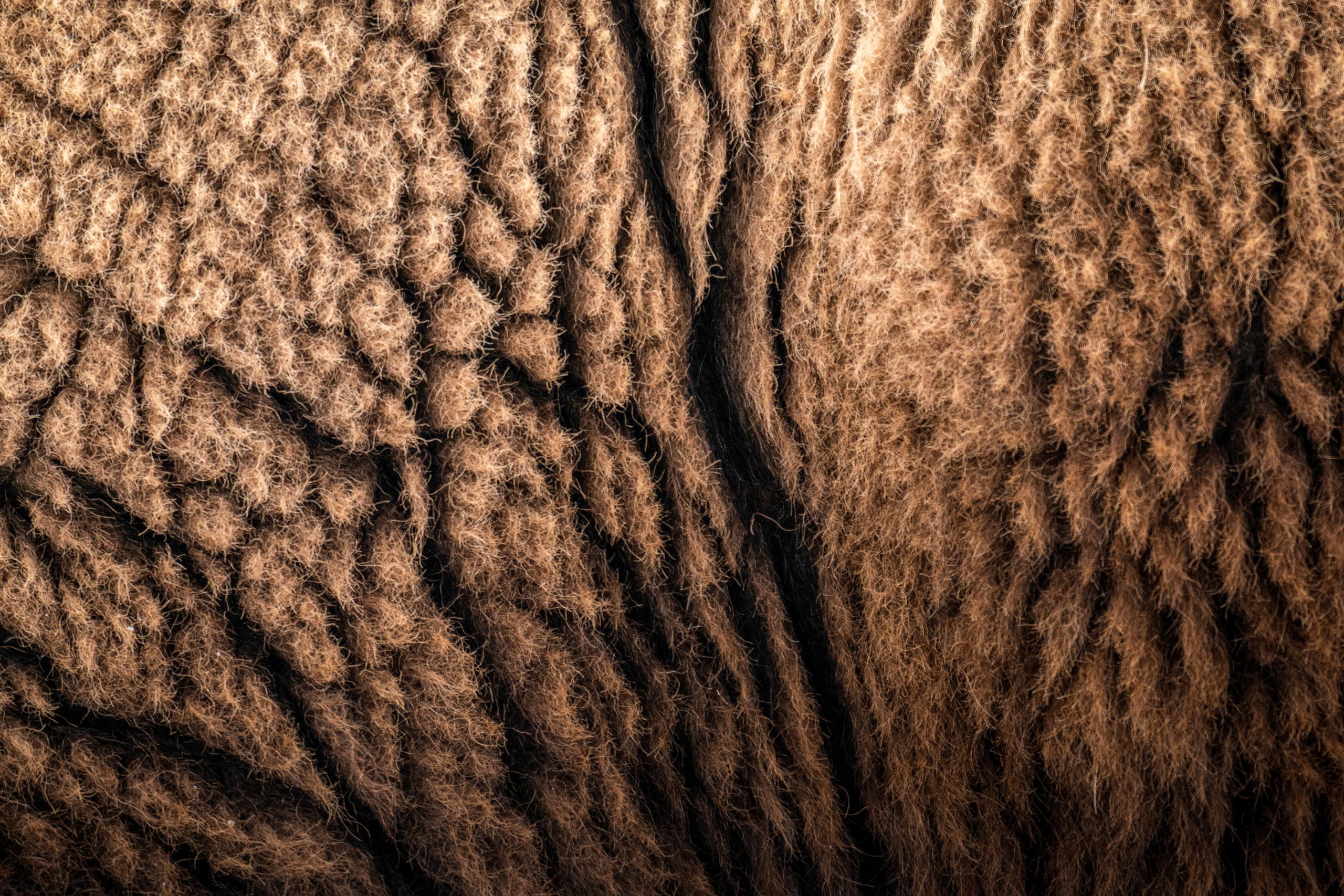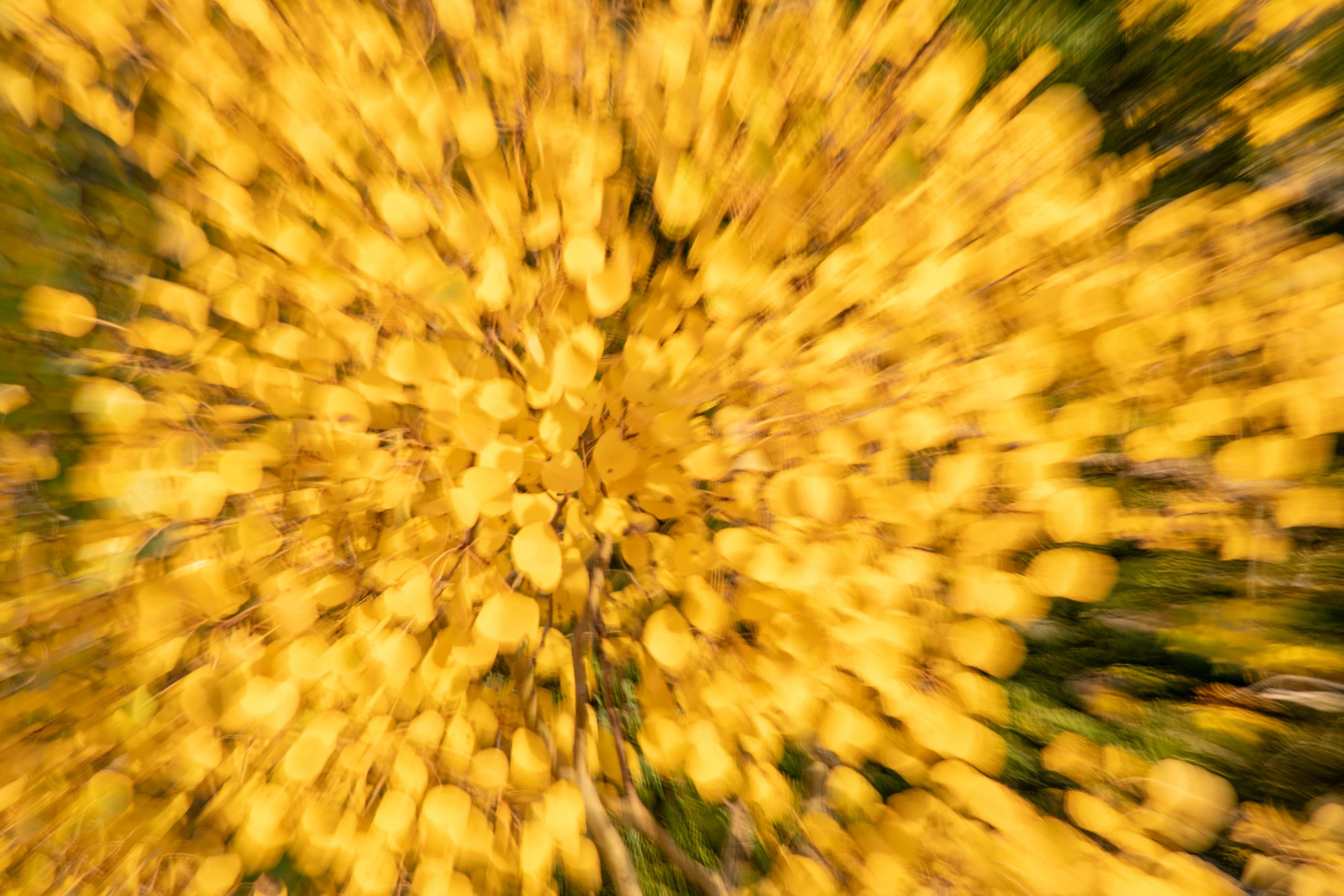
Embrace your Inner Artist: Abstract Photography
Ever want to break the rules? Like Andy Warhol circa-1960s, you can take your camera and rebel against the photography norms to create fascinating and playful art through Abstract Photography. Unlike traditional photography that focuses on clear subjects, the abstract style challenges your perception and strives to capture form, pattern, and even emotion in ways that go beyond the obvious. If you’re ready to step into a more experimental realm of photography, this guide will help you understand key techniques like Intentional Camera Movement (ICM) and Isolation. Whether you’re using a dedicated camera or a smartphone, abstract photography opens up endless possibilities on your next photographic adventure.
**Quiz Time** Try to figure out what each of my abstracts is a photo of. I’ve got the answers at the end of this post!
What is Abstract Photography?
Abstract photography focuses less on representing obvious subjects and more on highlighting form, color, texture, pattern, and movement. These images often encourage viewers to interpret what they see based on their imagination and emotions. Blurring the lines between reality and fantasy, turning everyday objects, landscapes, or even people into dreamlike scenes. The beauty of this style is that there are no set rules. However, practicing some techniques can help you create a portfolio of compelling abstract images.

Isolations: Finding Beauty in the Details
The world around us is full of interesting patterns and textures, but most people walk right on by in the hustle and bustle of life. By zooming in and isolating these elements in your photography, you can create abstract compositions that are full of intrigue.
Isolated Patterns
Patterns in nature or architecture can be mesmerizing when framed correctly. From the intricate veins of a leaf to the repetitive lines in a skyscraper, patterns create rhythm in your composition and can be pleasing to the viewer’s eye. Here are some tips:
- Use a telephoto lens or zoom in to remove distractions from the background. The closer you get, the more you can isolate the pattern and remove distracting backgrounds or edges.
- Look for repetition. Whether it’s rows of trees, ripples in water, or repeating geometric shapes, patterns create a sense of pleasing order.
- Change your perspective. Shoot from different angles; directly above, from below, or from the side to find a unique viewpoint.
- Sometimes breaking the pattern can create even more interest. A single tree in a row that’s slightly different, or a line that bends, can add complexity to your composition and will immediately draw the eye of your viewer.

Isolating Texture
Focusing on texture can bring a tactile quality to abstract photography. Look for surfaces that are rough, smooth, or jagged to create depth and mood in your image. Here’s how to best isolate texture:
- Use soft, angled light to emphasize texture. Early morning or late afternoon light casts long shadows that reveal intricate details in surfaces. Don’t be afraid to introduce dramatic sidelight with a flashlight.
- Get close to your subject or surface. Macro photography is excellent for isolating textures, allowing you to capture details like the rough bark of a tree or the weave of fabric.
- Convert your image to black and white. By removing the color, you force the viewer to focus on the details of the texture itself. Black and white editing can also make rough surfaces appear even more striking and dramatic.

Intentional Camera Movement (ICM): Playing with Motion
One of the most effective techniques for creating abstract photography and my personal favorite is Intentional Camera Movement (ICM). This involves moving your camera during the exposure, creating motion blur that can transform a simple scene into an abstract work of art. What I love most about ICM is that you never fully know what the image will be until you look at the back of your camera; it’s like opening a wrapped present every time!
Slow your Shutter Speed
A key element of ICM is using a slow shutter speed. By slowing down the shutter, you allow more time for movement, which creates the blurred effect. Here are the steps to a typical Slow Shutter ICM:
- Choose a subject with distinct shapes or colors. This is super important; your subject or surface needs to have high contrast, like bright leaves against a dark tree trunk. The high contrast is what creates the forms and textures that make a good ICM abstract. Otherwise, you’ll just have a muddy image that looks like a mistake rather than intentionally artistic.
- Set your camera to manual or shutter priority mode. This allows you to control the shutter speed. Start with shutter speeds around 1/10th of a second, though you may experiment with even slower settings for more dramatic effects or faster shutter speeds if it’s a very bright scene.
- Move your camera deliberately during the exposure. You can try vertical movements (great for tall objects like trees & buildings), horizontal pans (ideal for water and landscapes), or even circular motions like the image below. It’s important to note that your movements don’t need to be very big. Tilting your camera just a couple of inches is likely all you need.
- Experiment with light. Shooting during the golden hour or in low light can give your image an ethereal quality, while artificial lights can create interesting color patterns.

Zoom Pulls for Dynamic Energy
Another form of ICM is the Zoom Pull. This involves zooming in or out during the exposure, creating an effect where the subject appears to radiate from or collapse into the center of the frame. Depending on your camera this may be hard to do. Those with interchangeable lenses, like on a DSLR or Mirrorless camera will have the most success, as it is easiest to change the zoom while the camera takes the picture. To try a Zoom Pull abstract:
- Use a zoom lens and set your camera on a slow shutter speed, such as 1/5th of a second. Again, experiment and see how the results change with varying shutter speeds.
- Start zoomed in or out, focus on whatever is in the center of your frame, then rotate the zoom ring while taking the photo.
- If you are able to brace your camera or use a tripod, you will have more success in creating a sharp focused center to the image which emphasizes the radiating movement.
- Combine the zoom with vertical or sideways movement. This can create an even more dynamic effect by introducing multiple layers of motion. It’s important to note, the more movement you introduce, the higher contrast your scene needs to be for your abstract to be successful.

Both of these techniques take practice and a bit of luck. Find a high contrast scene and spend some time playing around with shutter speed and introducing camera movement. It’s ok to experiment and play with your camera as you try your hand at ICM techniques. Remember, digital film is cheap! But once you’ve mastered this, you can create a sense of movement and fluidity that transforms ordinary scenes into beautiful abstracts.
Additional Creative Tips for Shooting Abstract Photos
- Play with Depth of Field: A shallow depth of field (using a wide aperture like f/1.8) can isolate shapes or textures, creating a dreamy, out-of-focus background. Conversely, using a narrow aperture (like f/16) allows for more of the scene to be in focus, which can work well when capturing intricate patterns, such as on the sides of buildings.
- Experiment with Color: Bold, contrasting colors can create striking abstract compositions, while monochromatic schemes focus the viewer on form and texture. Try playing with saturation in post-processing to emphasize certain hues.
- Break the Rules: One of the most exciting aspects of abstract photography is that you can ignore traditional rules of composition. The rule of thirds, symmetry, and leading lines are important in most photography, but feel free to bend or break them in your abstract work to create something more spontaneous and surprising.
Embrace Experimentation
Abstract photography is as much about the process as it is the final result. Through techniques like Intentional Camera Movement (ICM) and isolating patterns and textures, you can explore the world from a new perspective. The key is to experiment and keep an open mind. Whether you’re moving your camera to create surreal streaks of color or zooming in to highlight the intricate patterns of nature, abstract photography allows you to push the boundaries of your creative vision. In the end, it’s about interpreting the world around you in a way that feels personal and unique. So grab your camera, head out into the world, and start creating art that speaks to the eye and the imagination!
**Abstract Quiz Answers**
- Header Image: Alaska tundra plants from an Ultimate Alaska Photo Expedition
- Image 2: Eroded and rusted crack in lava rock from a Galapagos Wildlife Photo Expedition
- Image 3: Melted ice texture from an iceberg on an East Greenland Photo Expedition
- Image 4: Bison Fur from a Yellowstone Winter Wildlife Photo Expedition
- Image 5: Fishhook Barrel Cactus head from Saguaro National Park
- Image 6: Fall-colored Aspen tree leaves from a Yellowstone & Grand Teton Photo Expedition
Happy Photographing,

Leave a reply